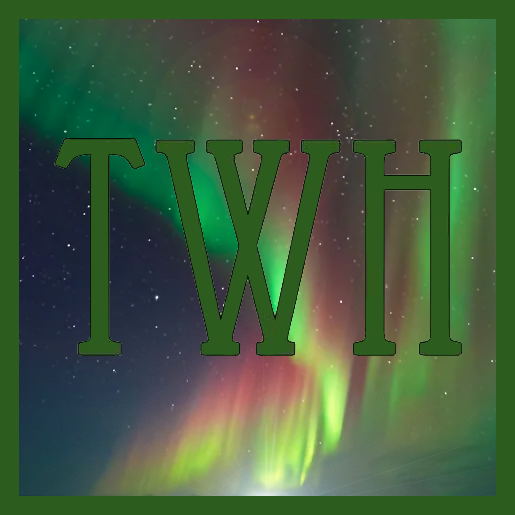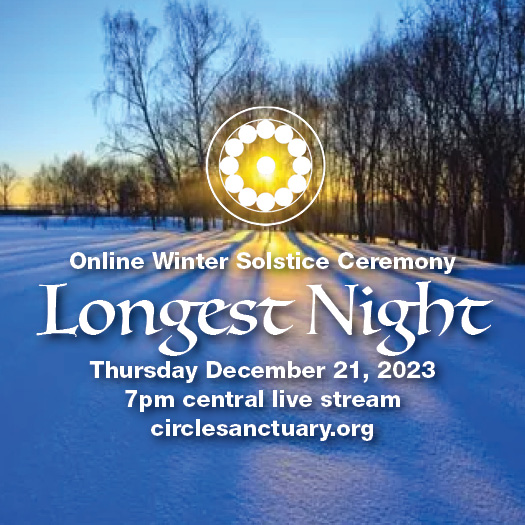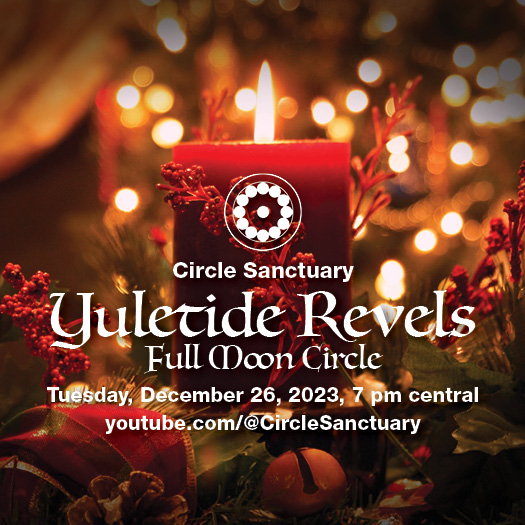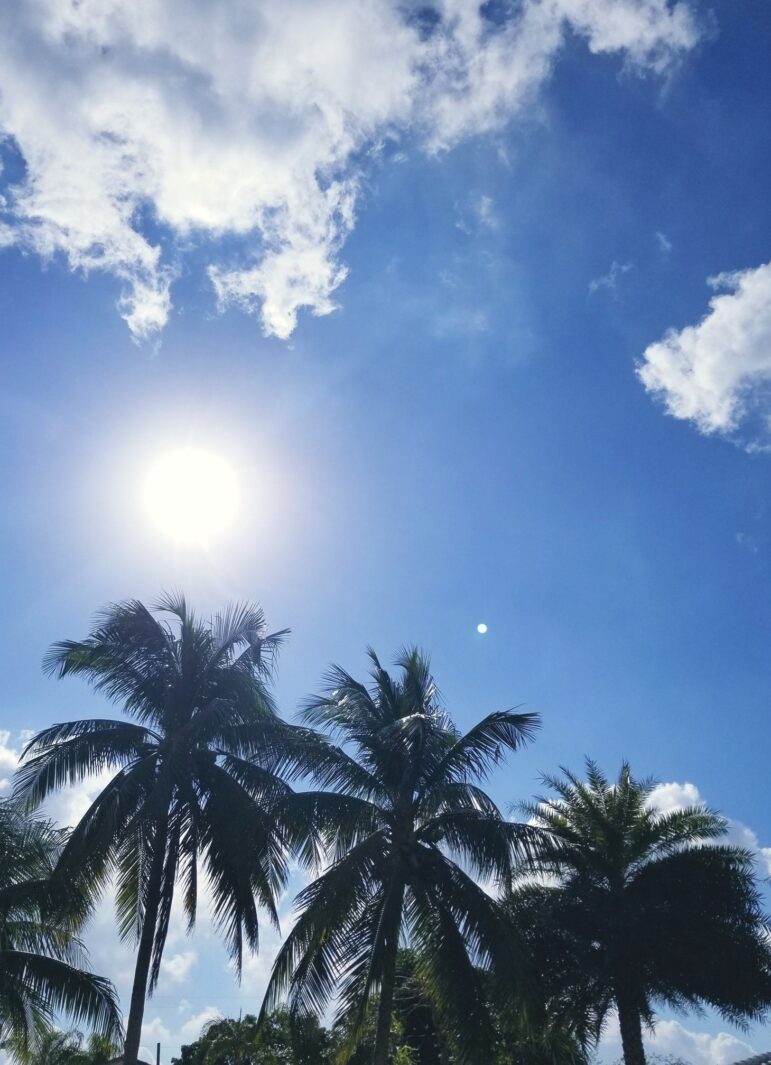TWH – The December solstice will occur on Thursday, December 22, 2023, at 03:27 UTC (which is 10:27 p.m. Eastern on December 21, 2023, and 7:27 p.m. Pacific in North America). Today, many Pagans, Heathens, and polytheists in the Northern Hemisphere are marking the Winter Solstice with celebrations, feasts, and rituals. Simultaneously, our friends in the Southern Hemisphere are commemorating the Summer Solstice with equal enthusiasm and merriment.
Like the equinoxes, the solstices remind us of the great balance of our world, as the sun seemingly moves from the Tropic of Cancer to the Tropic of Capricorn. The annual movement of the sun to and from each tropic forms an analemma, an infinity-shaped loop in the sky, itself reminding us of the complexity of life.

It is a joyous time of the year no matter the hemisphere.
In the north, many celebrate the cessation of the growing dark and the promise of the returning light. Yalda Night is an equivalent Persian festival. Today also marks the beginning of the Dōngzhì Festival (冬至) or Winter’s Extreme in many East Asian cultures.
Some Pagans, especially those honoring Celtic traditions, perceive the solstices as the biannual battle between the Oak King and the Holly King. The Oak King is at his zenith of power in the north while the Holly King is at his peak in the south. The Commons of Modern Pagans and Spiritual Seekers shared the story,
The ancient Pagan Romans celebrated Saturnalia, which typically ran from Dec. 17 through Dec. 23. The festival honored the god Saturn and featured lavish parties and role reversals. From Saturnalia, we can see the traditions of exchanging gifts and decorating evergreen trees indoors. These were eventually adopted as Christmas traditions. The festival is honored today as The Wild Hunt reported earlier this week.
Following Saturnalia and Kronia, there were birth celebrations honoring Sol Invictus (the Unconquered Sun) on or around December 25. The solstice festivals are believed to have merged to become the festival of Dies Natalis Solis Invicti, the days of the birth of the unconquered sun.
However, new research questions these assessments. The original proposal of these merged festivals came from the History of Religions School’s methods of comparing religions and was mostly favored by German Protestant scholars in the 19th Century, particularly philologist Hermann Usener.
It was Usener who proposed that Christians adopted December 25 as the birth of Jesus to capitalize on the popularity of Sol Invictus. Unfortunately, the sources cited by Usener to support his argument are now shown to be unreliable.
What is clear, however, is that the ancients rejoiced in the returning light and that the astronomical phenomenon of the solstice is undoubtedly the “reason for the season”.

Solstice celebration in Florida (Photo Credit: S. Ciotti)
This year will be the first time that Fort Ancient commemorates the solstice as a UNESCO World Heritage site.
Fort Ancient is a prehistoric Native American earthwork mound complex located in present-day Warren County, Ohio, USA. The site is situated on a bluff overlooking the Little Miami River. It is one of the largest prehistoric hilltop enclosures in the United States.
The Fort Ancient site consists of earthen walls and embankments arranged in various geometric shapes, including circles, squares, and octagons. The walls were likely constructed by the Hopewell people, a pre-Columbian Native American culture that existed in the Eastern Woodlands of the United States from approximately 200 BCE to 500 CE.
Fort Ancient is part of the Hopewell Ceremonial Earthworks, which also includes other significant sites like the Newark Earthworks in Ohio. The site is now a state memorial and is managed by the Arc of Appalachia Preserve System. It provides valuable insights into the ancient Native American cultures that once inhabited the Ohio River Valley region.
Despite the name, there is little evidence to suggest that the site was used for defensive purposes. The complex may have served various functions, including ceremonial, religious, or social activities. The exact purpose of the site remains a subject of archaeological investigation and speculation.
“We know that the American Indians that built Fort Ancient and these other Hopewell sites, they were very skilled observers of the sun. We also know that, even more so, they were observers of the moon and they also observed the lunar cycle. We don’t know the exact nature of what kinds of things they would do to celebrate or observe these important moments but it was clearly something that they did for many generations,” says Bill Kennedy, the Fort Ancient site manager.
“Winter solstice is a special time out at Fort Ancient — along with a few other dates throughout the year — because this is one of the time periods that people 2,000 years ago were observing,” Kennedy added. “We know that because of the astronomical alignments built into the earthwork at Fort Ancient, that the sunrise on the winter solstice is a time that they were observing.”
☀️ ☀️ ☀️
In the Southern Hemisphere, it is the time of the Summer Solstice, considered the longest day and shortest night. Those in the Southern hemisphere will honor the wealth of sunshine, many cultures have celebrated with outdoor festivals well into the “night” and building bonfires along with dancing and music as part of both traditional religious rituals and secular celebrations.
In the southern hemisphere, many Pagans, Witches, and Wiccans will celebrate Litha, the peak of the sun’s power and the abundance of light and warmth. The power of the plentiful light is a reminder to enjoy the moment, for the light begins to wane as we turn to the dark. Similarly, for the north, the solstice is a reminder that despite the darkest night, the light remains unconquered.
☀️ ☀️ ☀️
Our friends at Circle Sanctuary shared these events with us for our community:
 Longest Night Ritual
Longest Night Ritual
- Circle Sanctuary Annual Multicultural Solstice Celebration
- Thursday, December 21, Solstice Night
- livestream to Circle Sanctuary YouTube channel begins at 7 pm central

Yuletide Revels Full Moon Circle
- Monday, December 26
- livestream to Circle Sanctuary YouTube channel begins at 7 pm central
- More about our monthly Full Moon Circle
Yuletide & Winter Solstice Online Guide to Resources
☀️ ☀️ ☀️
Finally, Let’s not forget the Winter solstice sunrise will be broadcast on English Heritage‘s YouTube scheduled for December 22, 2023. The stream begins stream begins at 07:00 UTC (this is 02:00 AM Eastern), with sunrise occurring at 08:09 in Britain.
☀️ ☀️ ☀️
From all of us at The Wild Hunt, we thank you again for all your support. Our readers make our work possible through your sharing of our stories, your comments and criticism of the stories, and, of course, your donations (there’s a link at the top of the article and as above so below).
![]()
We are grateful to our readers for your support, however, it manifests. Right now, we need readers who can help fund Pagan journalism to help us continue serving the community. This is the type of story you only see here. This is how to help:
Tax Deductible Donation | PayPal Donations | Join our Patreon
We remain one of the most widely-read news sources within modern Paganism, and our reporters and columnists remain dedicated to a vision of journalism for and about our family of faiths.
You can also help us by sharing this message on your social media.
As always, thank you for your support of The Wild Hunt!
![]()
Most of all, we are grateful for your visits and our community.
Whether it breaks through the deepest dark or at the height of abundant light, may the sun’s warmth bring many blessings to our worldwide community.
Happy Solstice!
☀️ ☀️ ☀️

The Tropic of Capricorn from TWH HQ
At TWH HQ, we are in the northern hemisphere and a mere hundred and fifty miles from the Tropic of Cancer. So, it’s not cold enough outside for traditional Yule celebrations, and the day is too short for Midsummer. But we will play some music to enjoy both seasons from the tropics. We leave you with a few links to some songs that we enjoy at this time of year.
☀️ ☀️ ☀️
We begin with a “classic,” by Jethro Tull.
SKÁLD released Jólanótt 2 years ago
The Lviv National Opera performed Щедрик (Shchedryk) introduced to English as Carol of the Bells.
Damh the Bard’s ever-popular “Midwinter’s Day.”
Loreena McKennitt’s “Gloucestershire Wassail.”
SJ Tucker sings “Solstice Night.”
Michelle Sarasin debuted “Solstice” in 2021.
Daridel paganfolk released “Yule” in 2020.
From FAUN, “Diese kalt Nacht” [This cold night].
Keith Boegel shared the Galician Carole.
The ever-popular Wiccan Wonderland is covered here by Bunny Lo.
Of course, the Southern hemisphere is celebrating Litha, so Vivaldi’s Summer is a beautiful homage to the season.
Sebastián Sánchez-Botta shared Music for Midsummer.
The Latvian folk group Tautumeitas says we would celebrate the season and reminds us all that we should walk with the witches.
☀️ ☀️ ☀️
The Wild Hunt is not responsible for links to external content.
To join a conversation on this post:
Visit our The Wild Hunt subreddit! Point your favorite browser to https://www.reddit.com/r/The_Wild_Hunt_News/, then click “JOIN”. Make sure to click the bell, too, to be notified of new articles posted to our subreddit.